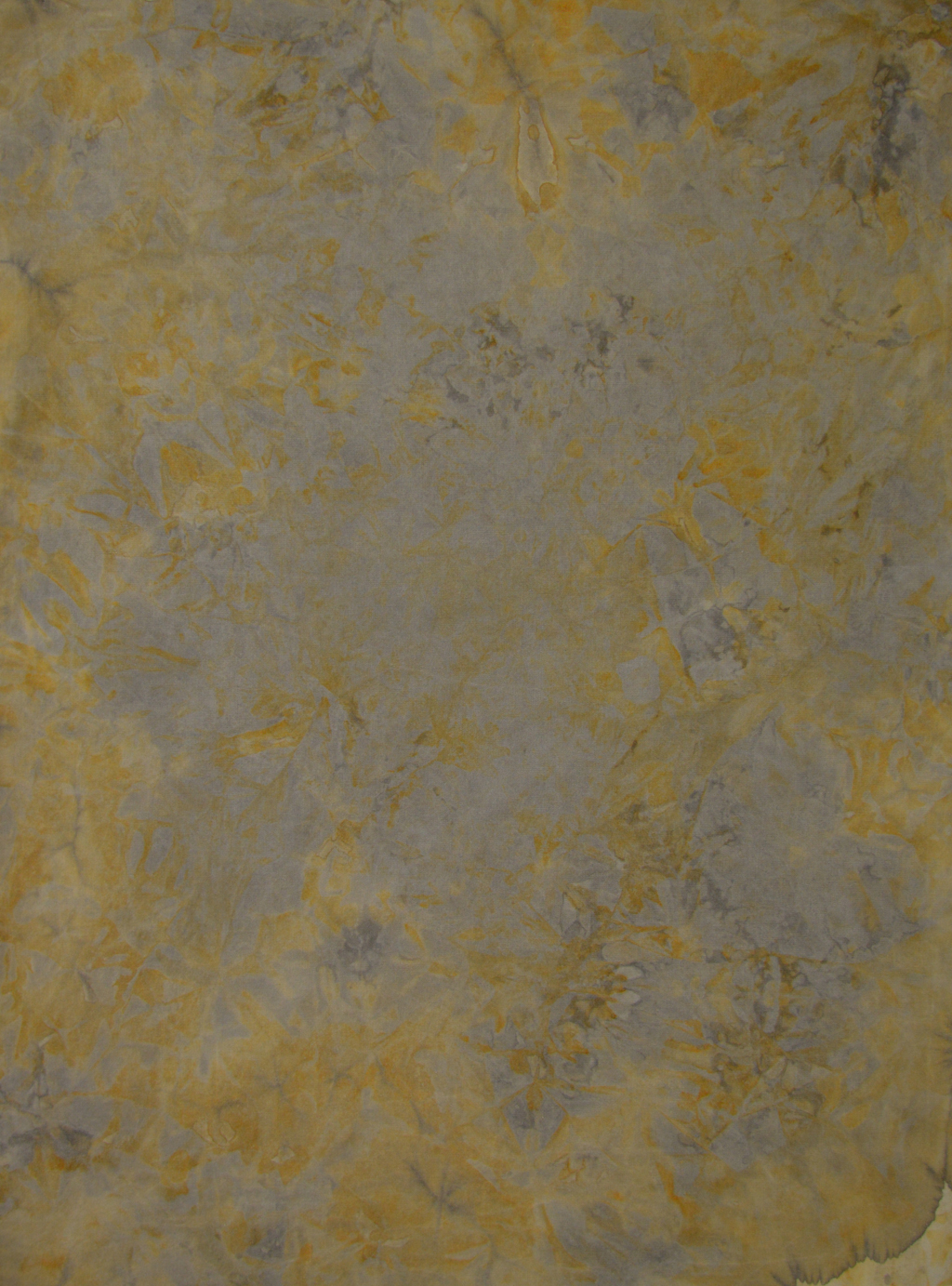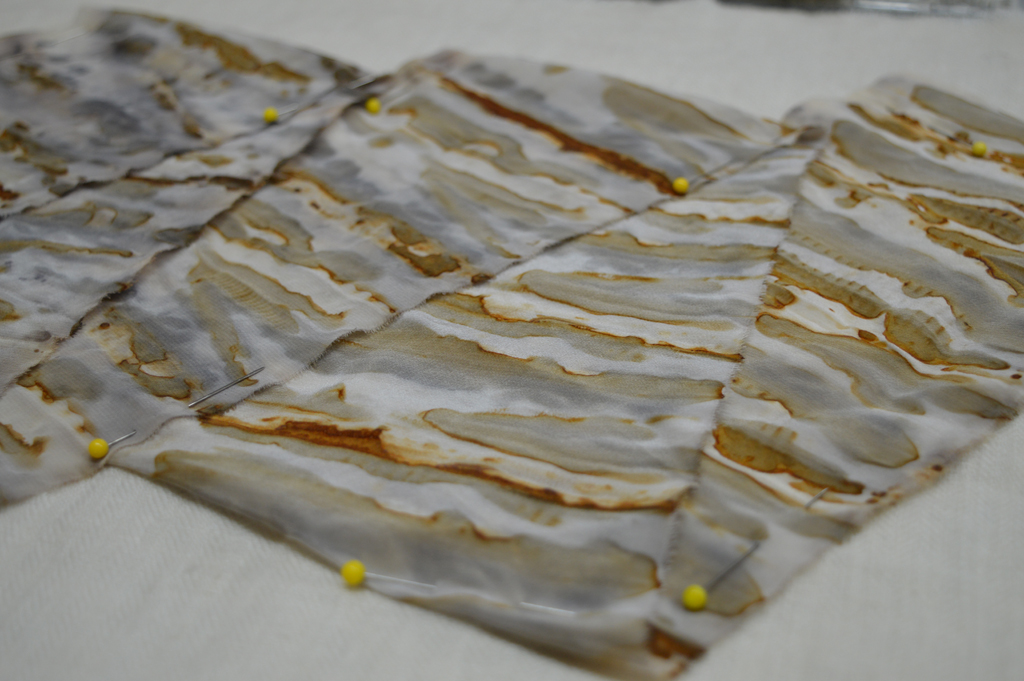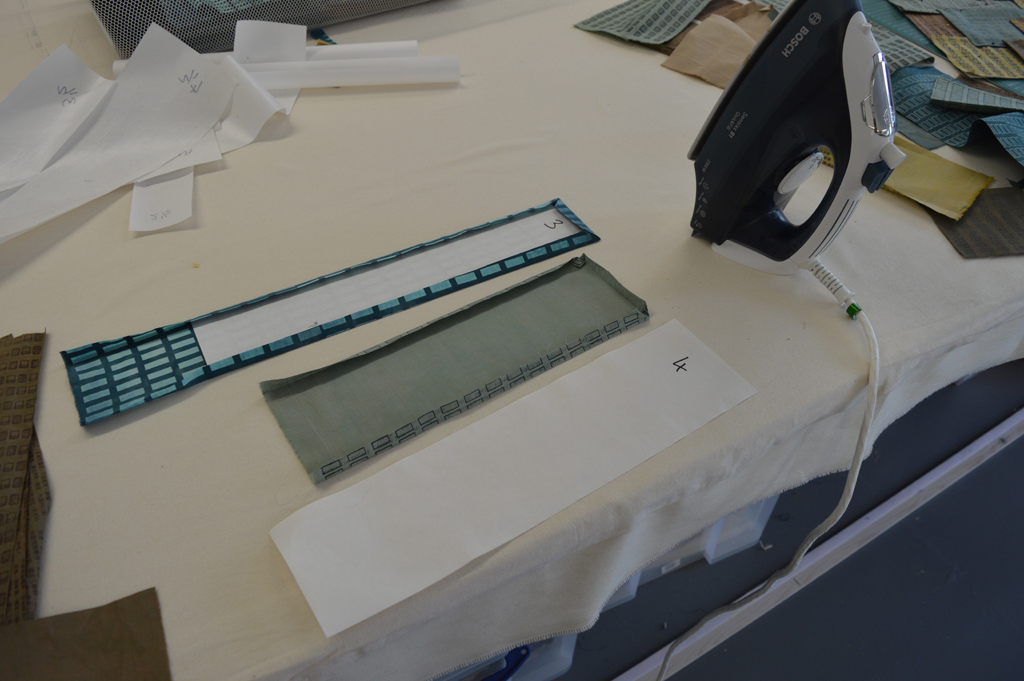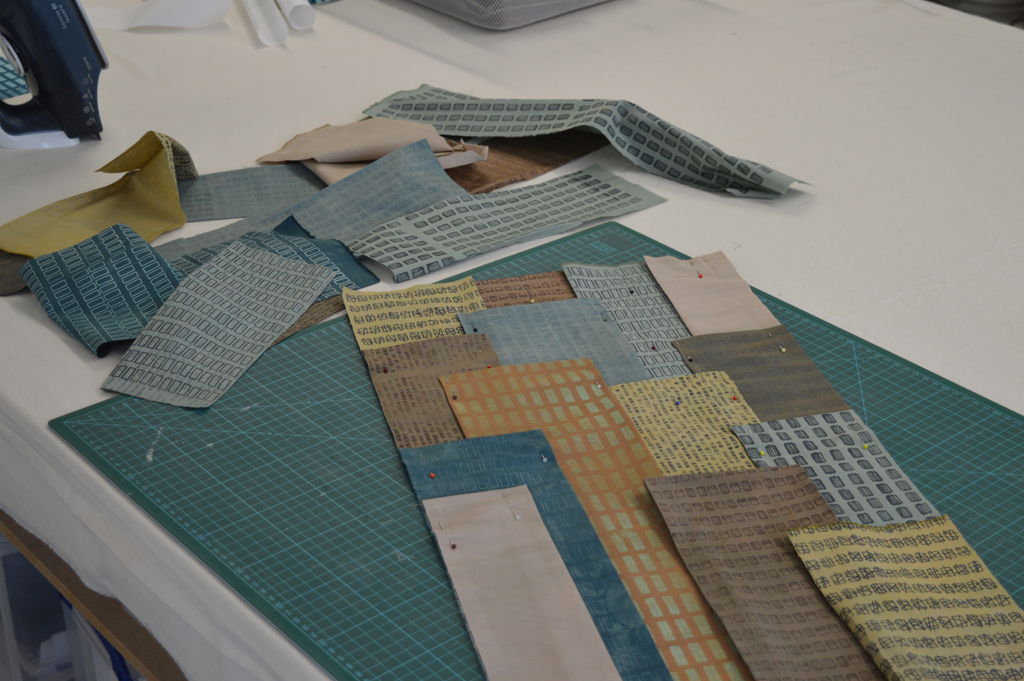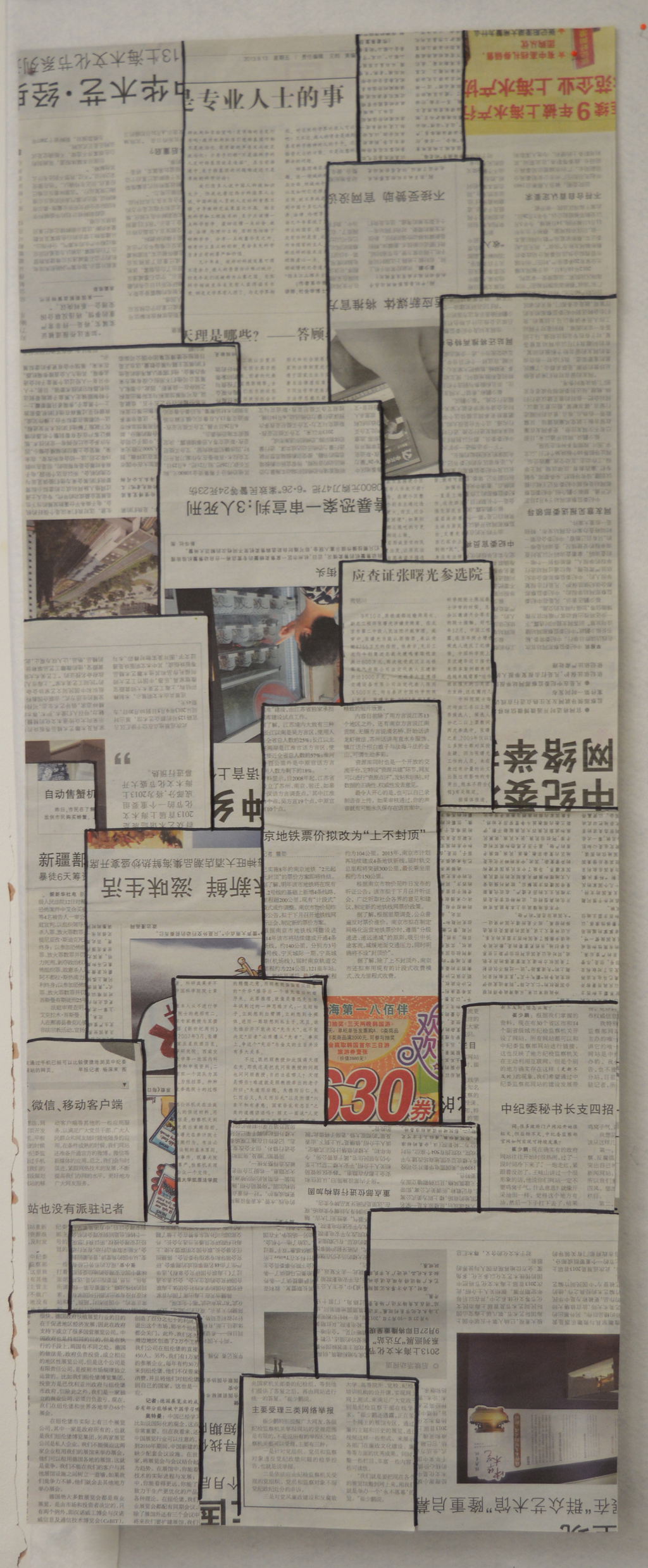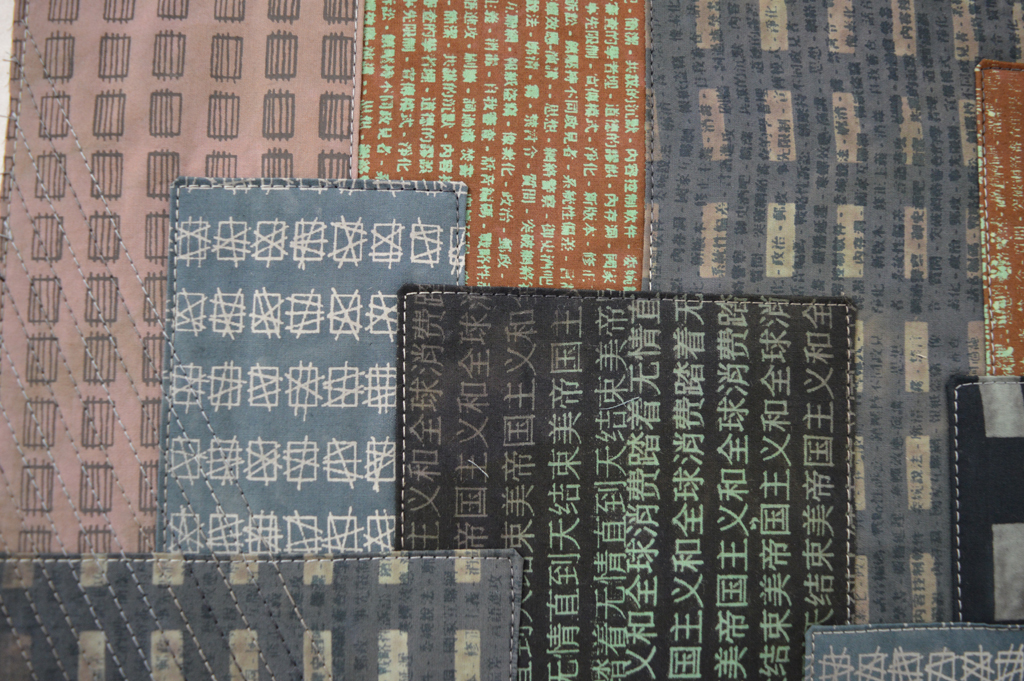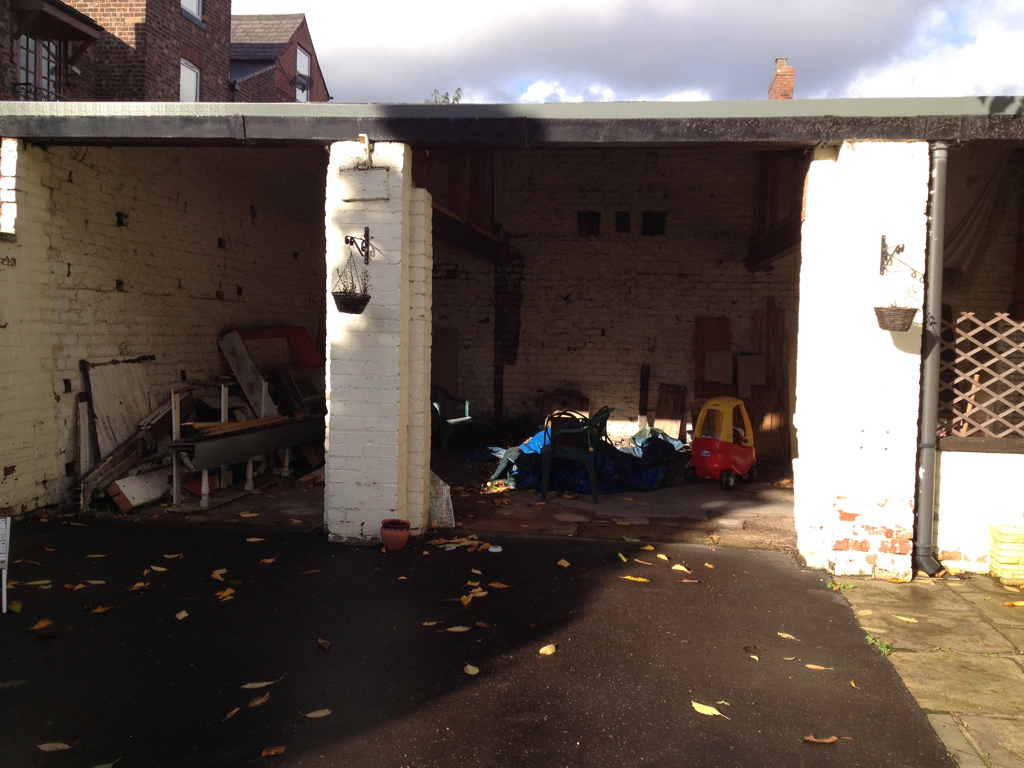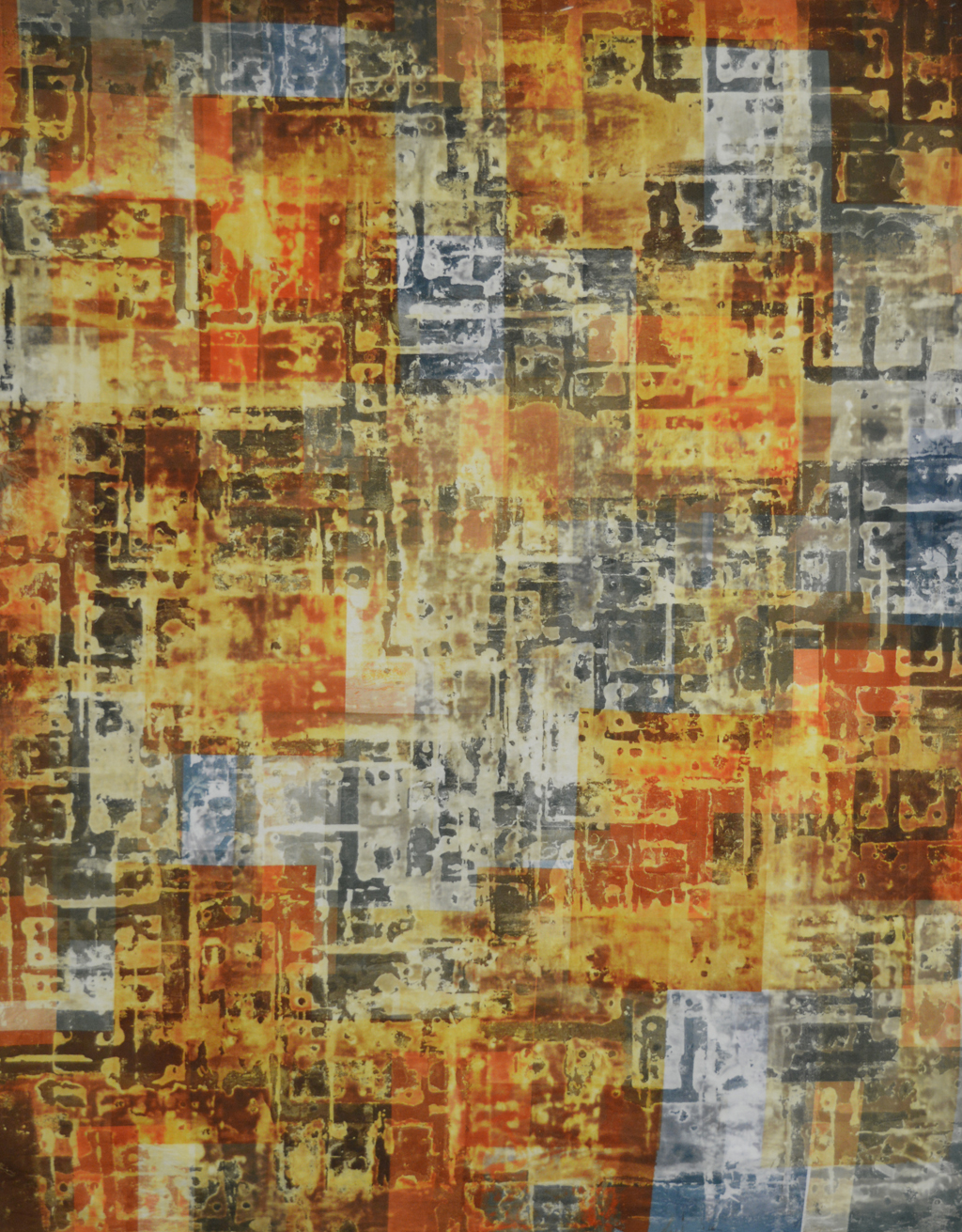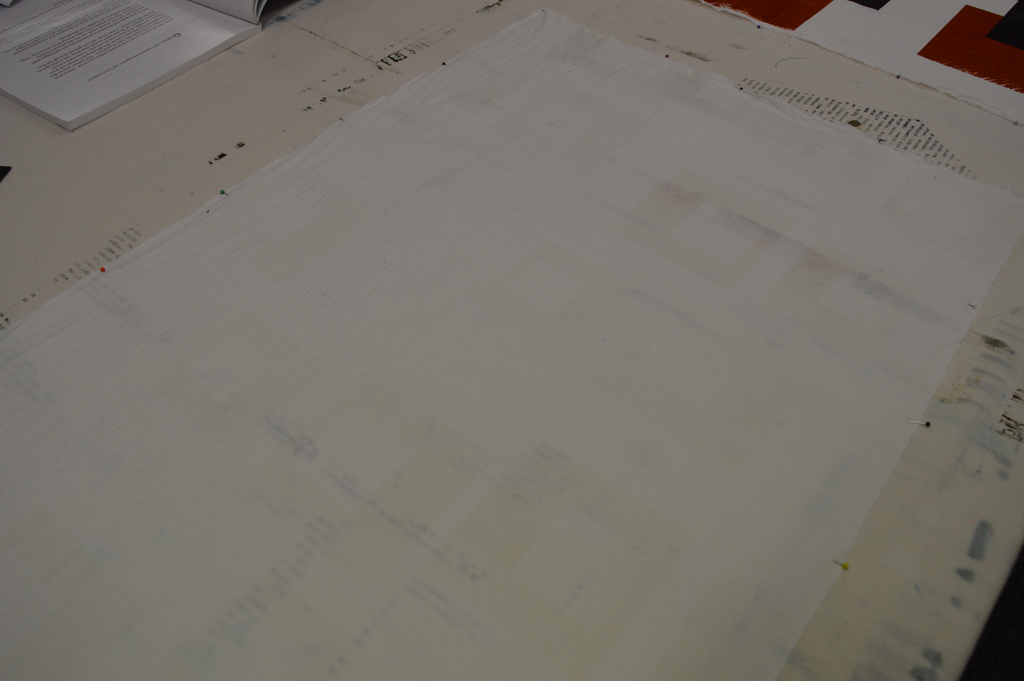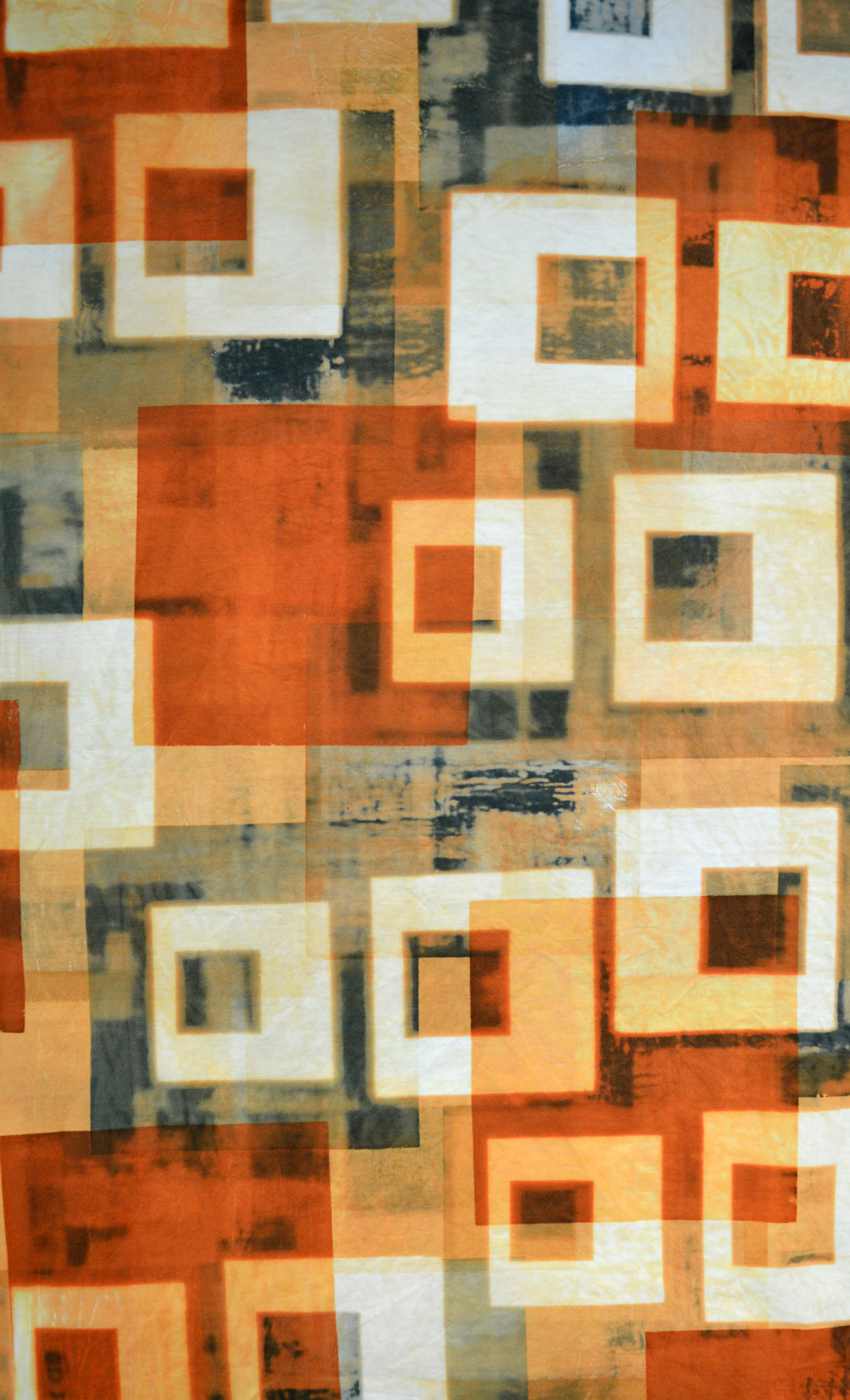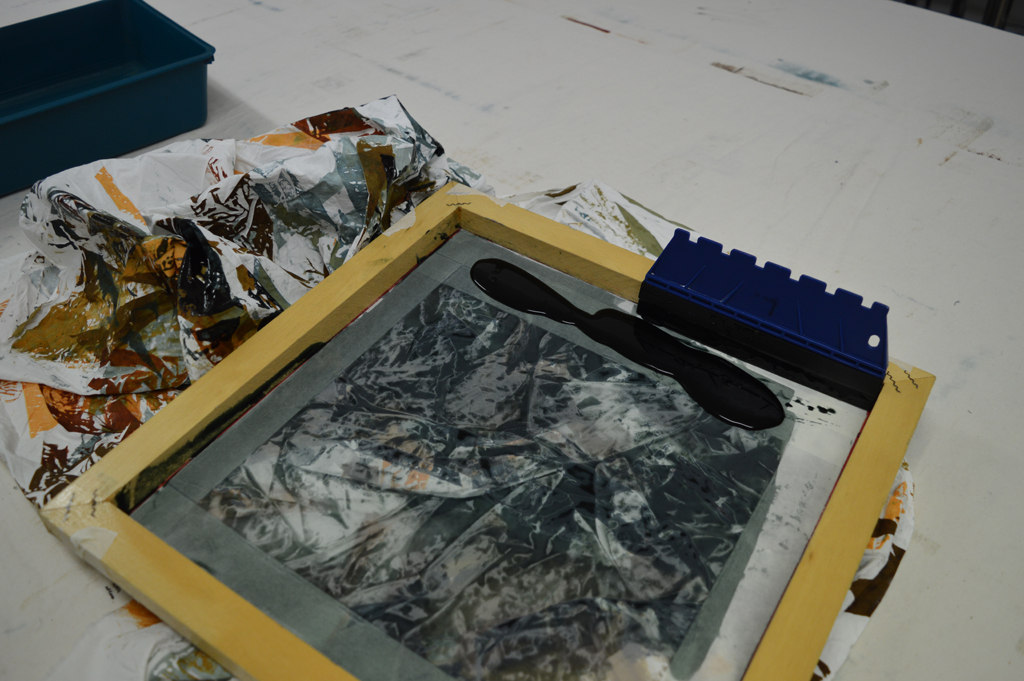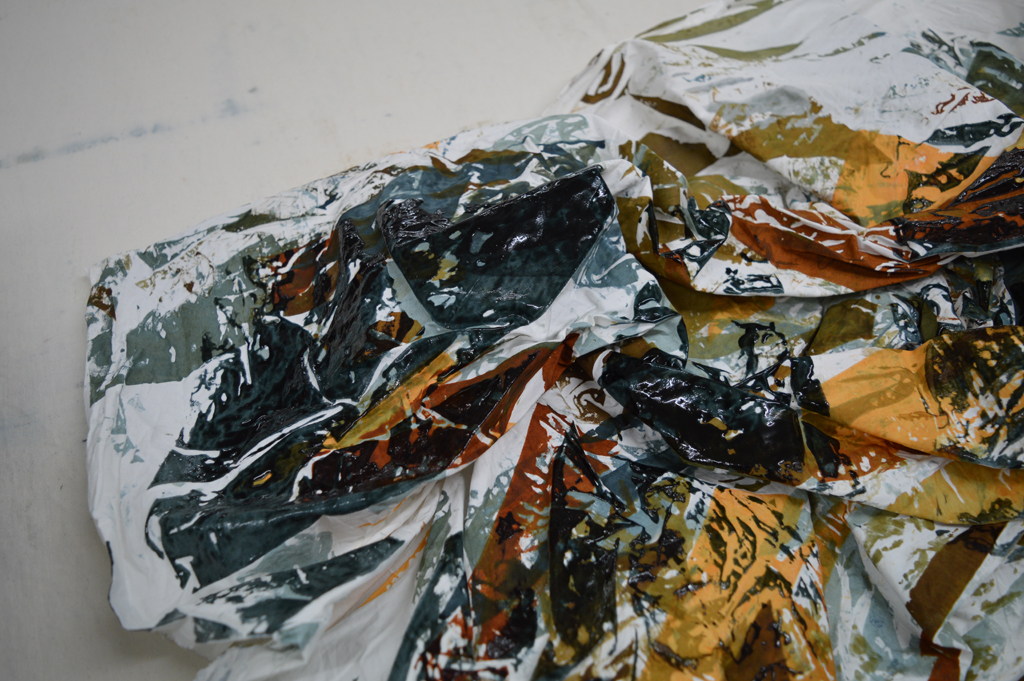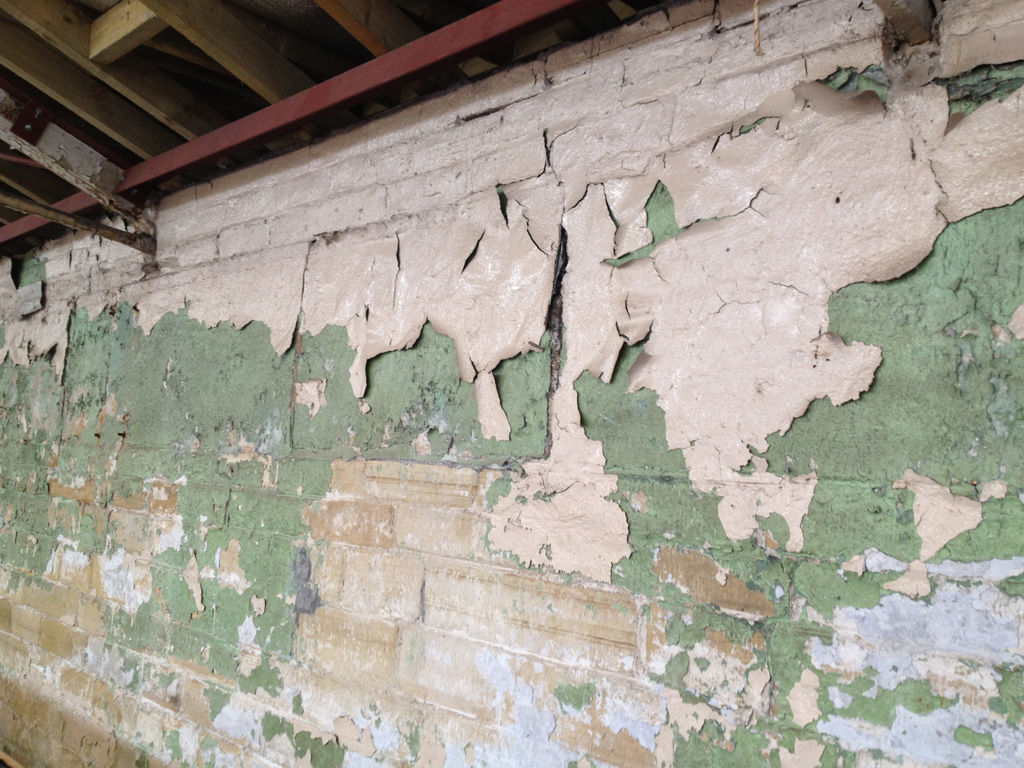Last week I spent a glorious 5 days in the company of 13 other members of the Contemporary Quilt Group at Rydal Hall in Ambleside in the Lake District. The group has been meeting for an annual retreat for several years now. There is a core of about 9 or 10 plus 'part-timers' like me who attend every couple of years. This year the group included Linda Bilsborrow, Janet Edgington, Julie Bunter, Ruth Axson, Pauline Stubbings, Linda Young, Judy Fairless, Jean Marshall, Karen Hurrell, Millie Thomas and Mags Ramsay. We were joined in the evenings by Gillian Travis and her friend Annie. The group has been using Rydal Hall for several years. It was chosen because many of the members wanted to spend their afternoons out walking. It is also well placed for lots of retail therapy with great art shops in Ambleside and neighbouring towns. I am not a walker and spent most of my time indoors stitching. I did venture out to the Rydal Hall Tea Rooms for lunch each day. A walk of maybe 20 metres! But well worth it for the soup, the cakes and the views of Rydal Brook which was running very fast thanks to heavy rain during the week.
The Hall itself is quiet and welcoming. The group rate gave us the use of the Old Kitchen which is a lovely, well lit room. Although it was a bit of a squeeze setting up work tables for 12 people! The photo below was taken early on Tuesday morning whilst the room still looked reasonably tidy. It didn't stay that way. Being a retreat meant we were all working on our own pieces at our own speeds. Some used the week to work into sketchbooks, others used the week to start new projects. The activities were really varied from machine quilting through to monoprinting. And all done in great company, sometimes quiet but many times accompanied by laughter. A great getaway from our daily lives.
Although we worked on our own pieces most of the time we did stop each day for a group activity / talk. I gave a short talk on dyeing fabric using ferrous sulphate solution and tea. This is something I have tried several times with mixed levels of success but it can produce some wonderful results.
'Rust dyeing' seems to be an 'in' thing at the moment. Several of the ladies had participated in workshops with Alice Fox and others and brought some of their work to share with the group.
I spent my week working on the new Hidden Message pieces. It was good that I had got the composition of 3 pieces completed prior to the retreat. The lack of a design wall made it much more difficult to judge whether new compositions 'worked' or not. It also made it difficult to gauge the success of the quilting. I returned home with 4 pieces completed and 1 in progress. They are currently pinned on my design wall and, overall, I am delighted with the outcome of the retreat.
Back to the real world tomorrow (unfortunately)!



